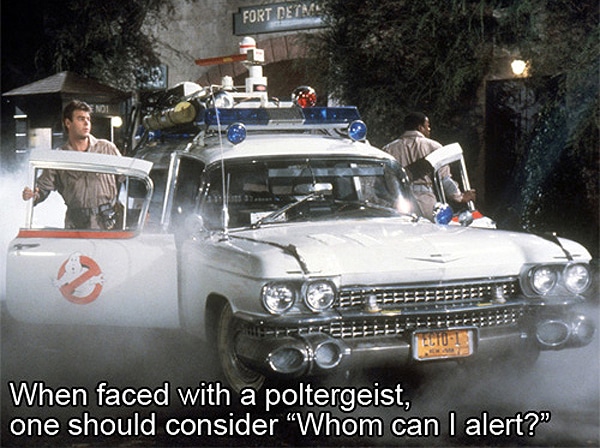ëÑello can anyone explain me how with a single frequency gps receiver in uav and existing GCP can archive accurate dtm model similar surveying this surface with a dual frequency gps receiver?
As i know photogrammetry use a triangulation to do this, but how it did it with a uav with low quality gps?
You already said the answer...Ground Control Points
gschrock Thnaks for the answer, how i will explain to others when i have a small hill and take 5 GCP for instance i will gave the a DTM. They will asked me why not to spent a little more time in the field using conventional TS or GPS and take a perfect model?
if you have others surveyors (older men) i think is very difficult to try to explain them that you offer a high quality model without surveying the area.
The basic thing for me is to trust me others surveyors when i gave them an orhomosaic or a DTM.
We have just done a couple of aerial surveys - checking shows points on hard surfaces good to around 30mm. Points on grass less so
johnymal, post: 344444, member: 7096 wrote: They will asked me why not to spent a little more time in the field using conventional TS or GPS and take a perfect model?
I'm not sure logical arguments backed up by empirical data will have much effect convincing anyone whose default opinion is that field run topo creates a "perfect model".
Showoff with the big fancy words fella.
jim.cox, post: 344453, member: 93 wrote: We have just done a couple of aerial surveys - checking shows points on hard surfaces good to around 30mm. Points on grass less so
That seems to be a good general default accuracy, but it does depend on the quality of the hard surface. On even surfaces 2cm. is achievable from around 350 ft., but variations in the surface (small potholes, patching) can result in variations of 4-5 cm.
A lot depends on the control configuration - as with conventional air survey the network is important, more so with a non-metric camera. The distortion curve increases rapidly as soon as the photography moves outside the control net, up to several metres within 500 ft.
It's sensible to put a few check points within the main site area, so you might as well make those control points as well: switch a few off to check on the process accuracy and then reprocess with them all back in to tighten things up further.


Here is a good article on the subject. http://www.lidarmag.com/PDF/LiDARNewsMagazine_Graham-DronesAndLiDAR_Vol5No1.pdf
https://drive.google.com/file/d/0B08AvQqZIZe5bDV3WmtQXzluQ2M/view
Ground control points are key. This is a report I did for a landfill site, we use to walk it, it's flown by the UAV now.
Very interesting report.
It is comforting to see someone excited about the possibilities of this new technology yet still recommend waiting for purchase. Too many cannot wait to "jump in" and can waste budgets. They would then be required to start using something they do not fully trust or enjoy. I had high hopes for the Datumate software but was unable to satisfy our needs with it.
The possibilities of UAV surveying will be greatly enhanced by small lightweight scanners and software capable of orienting the data.
Keep us posted of any interesting uses of this technology.
Dual frequency for UAS touts elimination of ground targets... depends on how tightly one wants the model tied to a datum
I just watched the Trimble presentation on photogrammetric deliverables... although the UX5-HP has dual frequency GNSS and you can post process the trajectory, they are absolutely not claiming that this eliminates the need for GCP; quite the opposite, in fact.



